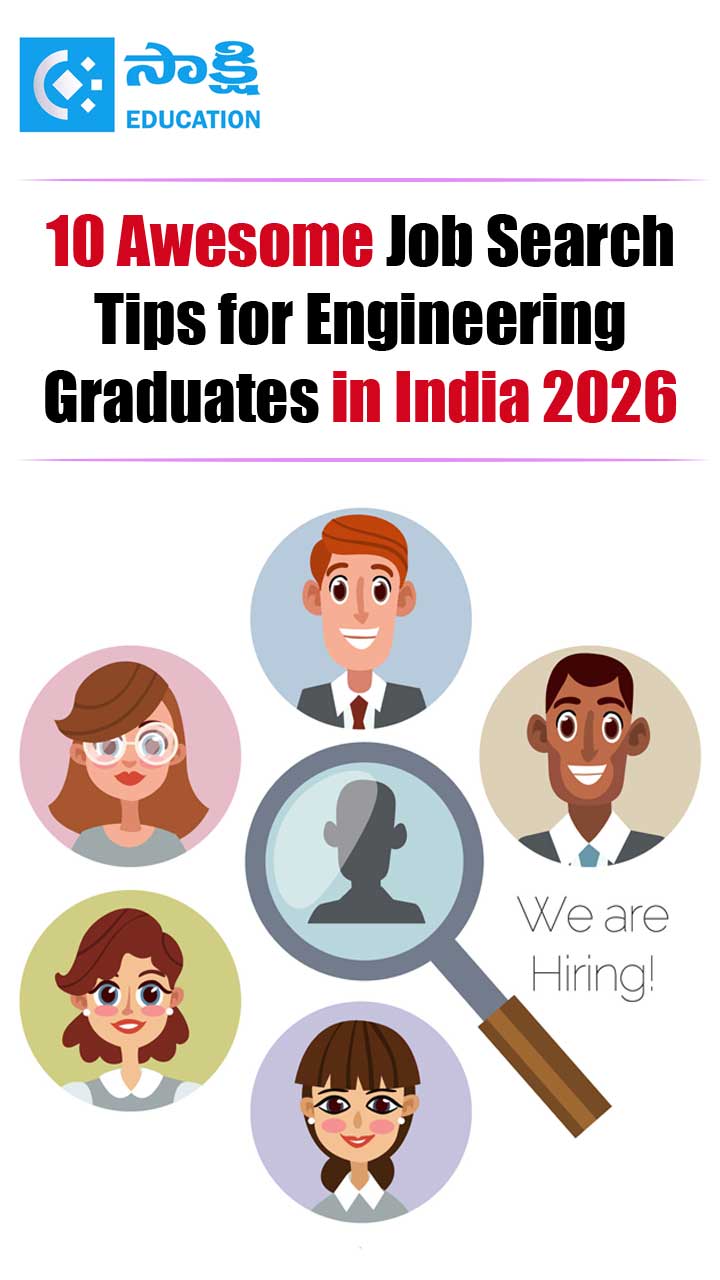What challenges is federalism facing in India today?
Sakshi Education

- Critically discuss the political principle of separation of powers. What has been the experience of India with reference to this principle?
A. The term “separation of powers” was coined by Montesquieu, the 18th century French social and political philosopher. Under his model, the political authority of the state is divided into legislative, executive and judicial powers. He asserted that, to most effectively promote liberty, these three powers must be separate and acting independently. It protects democratic rights and good governance. Separation of powers, therefore, refers to the division of government responsibilities into distinct branches to limit any one branch from exercising the core functions of another. The intent is to prevent the concentration of power and provide for checks and balances. However, no democratic system exists with an absolute separation of powers or an absolute lack of separation of powers. Governmental powers and responsibilities overlap; they are too complex and interrelated to be neatly compartmentalized. As a result, there is an inherent measure of competition, cooperation and conflict among the branches of government. In the case of India, as in any modern parliamentary system, there is SOP but in a limited way unlike a presidential system. Law making, execution and adjudication are separated among legislature, executive and judiciary. However, there are instances where joint responsibility is exercised: judicial activism for food security, black money eradication and pollution control in the country. There is conflict as well: for example, Presidential veto over parliamentary legislation as in the case of Office of Profit Bill 2006 which is unconventional. Also, judicial over reach as in the case of appointments to higher judiciary.
- State the merits and demerits of proportional system of representation.
Proportional representation (PR) is adopted in the election to the Rajya Sabha, President and Vice President of India. It is in contrast to the first past the post system which is adopted for the Lok sabha and State assembly elections where relative majority – more than the second in line- counts and not simple majority. PR system characterizes electoral systems by which divisions in an electorate are reflected proportionately in the elected body. If 15% of the electorate support a particular political party, then almost 15% of seats will be won by that party. The essence of such systems is that all votes contribute to the result: not just a plurality as in the FPTP system.
The merits of the system are: 1. There is a close correspondence between votes polled and seats gained 2. Minorities and other distinct groups will have their representatives 3. Party in power will have not only seats but also equally popular electoral base as well.
Demerits are: 1. It is tough to enforce as the quota system and - single transferability are complex 2. It balkanizes the electorate- divides them into blocks which is unhealthy for nation-building through democracy. Solution lies in a mix of both- essentially FPTP system is to be followed. But some seats must be given on the basis of votes as well in addition.
- What rights does the girl child enjoy under the Constitution of India?
Rights of the girl child are essentially the same as the rights of all children with the crucial difference that girl child is subjected to widespread social and economic discrimination, particularly in India. Girl children are those under 18 years of age. The rights children enjoy include nondiscrimination; the right to survival and development of potential; protection from harmful influences, abuses and exploitation; and full participation in family, cultural and social life. Some human rights violations are unique to the girl child, including discrimination based upon sex, prenatal sex selection, female genital mutilation and early marriage. Art.15 says special laws can be made for children. Art.15 says preference can be shown towards women.
Other Fundamental Rights and DPSPs relevant are: Art.16, 19 and 21. Art.39 is equally relevant. The girl child is one of the 12 critical areas in the 1995 Beijing Platform for Action, which recommends elimination of all forms of discrimination and abuse of girls and protection of their rights. It also recommends enhanced development and training to improve their status and eliminate their economic exploitation. Awareness of girls' needs and potential should be improved in society and among the girls themselves so they may participate fully in social, economic and political life. Progress has been made, but much remains to be done to protect girls' rights and assure them a future in which they may benefit themselves and their communities. Government has many schemes like Sarva Siksha Abhiyan, Kasturba Gandhi Balika Vidyalaya, Ladli Beti Yojana, Beti Padhao Beti Bachao etc.
- What challenges is federalism facing in India today? How are they being dealt with?
India has a finely devised federal system where the entire set of governmental powers are divided between Union and State Governments. There are 3 Lists in the Seventh Schedule where the 3 Lists are contained_ Union, State and Concurrent Lists. However, in the working of the system, there have been many strains and stresses. Also, developments have taken place that challenge the federal system to adapt for greater cooperation and harmony. Firstly, in the fiscal field, tax reforms have been a great challenge because both the federal units have important role to play. In the case of GST law, it has taken more than 16 years to put it into place with an amendment to the Constitution. Secondly, in the area of governance, political parties have not been able to respect the cooperative federal principle. They have resorted to abusing Art.356 - President‘s Rule - to have political gains. This is a challenge that needs to be grappled with urgently. For the time being, however, judiciary is playing its part in harmonizing the federalism in India. Regional economic imbalances are another challenge because federalism succeeds only when there is relative equality among states as otherwise migration problems, fiscal pressures etc will weaken the federation. National security is posing its own challenges as states resent central interference in law and order. The issue was highlighted in the case of handling Maoist challenge in the red belt. Regionalism is at times becoming secessionism and threatening federal provisions of state autonomy. Water disputes among states is another challenge, for example, Cauvery, Mahadayi, Mahanadi etc presently. They are being addressed institutionally by meetings of Niti Aayog; ISC; Chief Ministers Conference; Zonal Council Meets; Supreme Court; Finance Commission etc.

Published date : 07 Oct 2016 12:27PM











